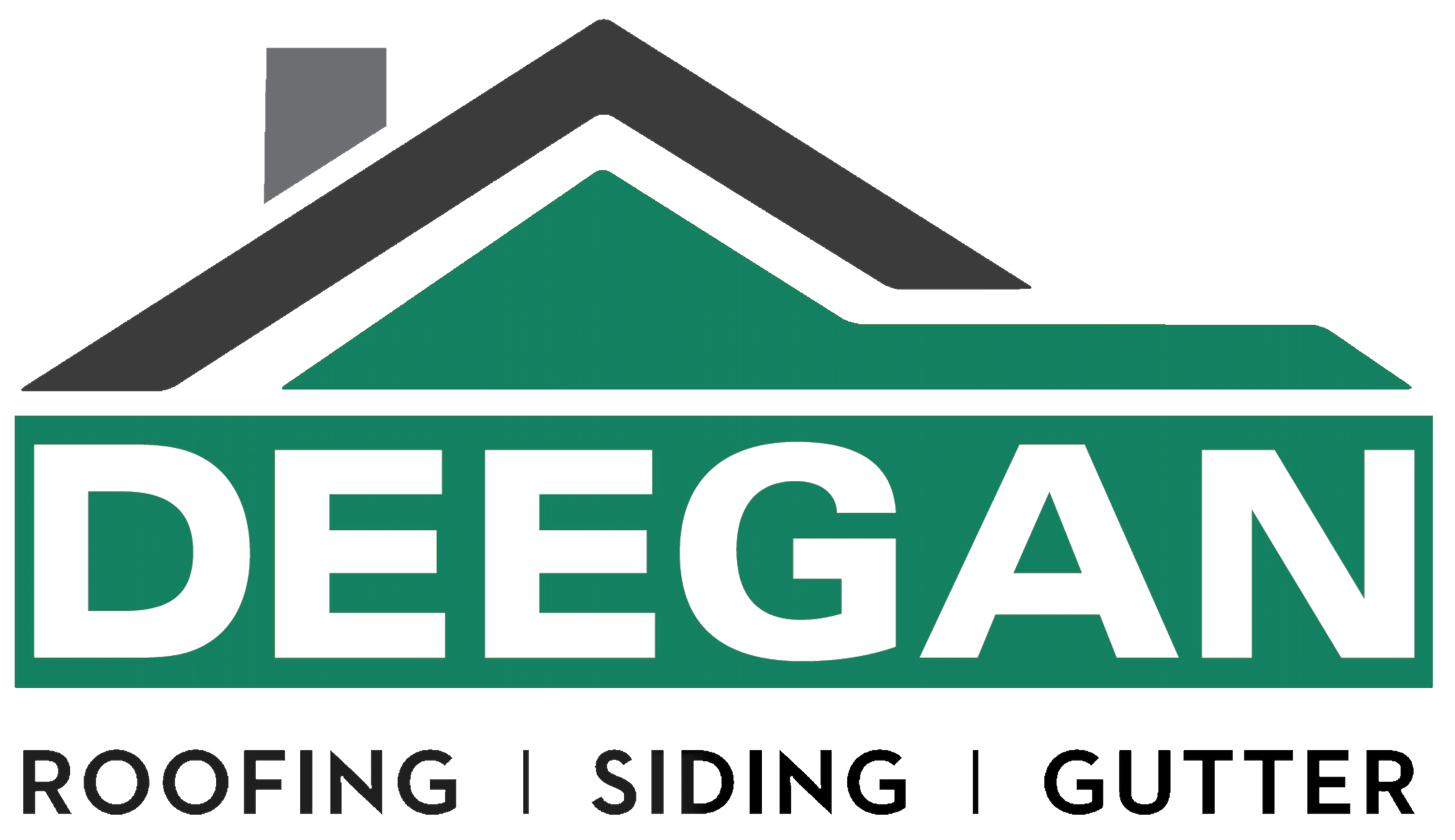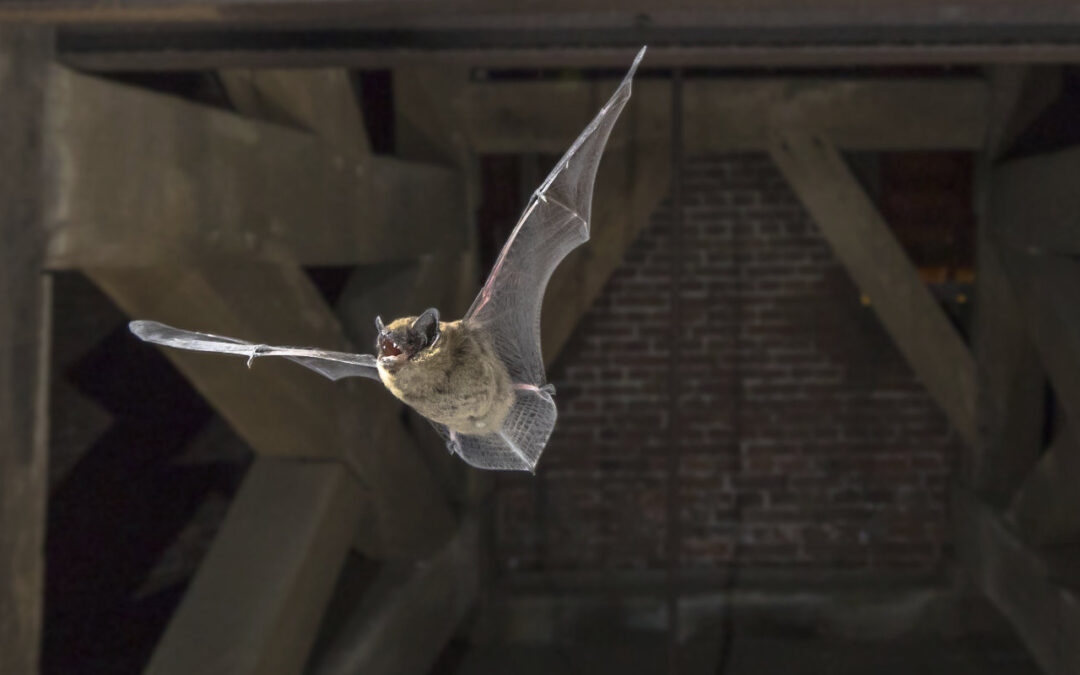The weather seems to have a mind of its own these days, with temperatures swinging 30 degrees in 24 hours but we all know spring has arrived. Winter is the time of year animals tend to seek shelter in your home. Spring is the time of nests and offspring. Unfortunately, those same cute critters you see in your yard can cause extreme damage to your roof. When you think of roof damage, you usually think of leaks caused by heavy rainfall or debris that collides with the roof via high-speed winds. While storms can cause serious damage to your roof, you should also be worried about your neighbors… No, not John next door. The wild animals that live right outside your home.
Animals That Can Ruin your Roof
When you live in suburban neighborhoods such as the many across New Jersey, running into wild animals can be a regular occurrence. You might be thinking to yourself: “I’ve never seen a wild animal on my roof.” However, certain wild animals are sneaky enough where they will explore your roof without you knowing — until you see the damage they leave behind. Common wild animals that can be found on your roof include raccoons, squirrels, opossums, chipmunks, and bats.
Raccoon
Raccoons on roofs can cause significant damage to your property. Females are known to destroy soffits, fascia boards, shingles, vents, and insulation to establish denning sites. Once a raccoon creates or enlarges a hole in the rooftop, it becomes an easy pathway to the attic. The presence of raccoons on roofs may be dangerous for residents. Raccoons are capable of carrying rabies, and their feces often contain raccoon roundworm. These parasite eggs pose a serious health risk, as infection can lead to blindness or even death in humans.
Preventing raccoon access to roofs is difficult, as these clever creatures can climb up just about any surface, but there are ways our professionals can reduce the odds. Our wildlife specialists are equipped with the best tools and strategies to help prevent raccoons and other pests from accessing the roof of your property. From regular inspections including metal flashing and tree trimming, Deegan Roofing has the experience to repair roof damage and prevent future infestations.
Squirrels
Squirrels can peel up your roof shingles and chew through your roof decking. They may tear holes in your roof soffit or fascia, damage your gutters, and then enter your home and wreak havoc. When they enter your attic, they may chew up electrical wiring, damage your insulation, and cause harm to the things you stored in your attic, thinking they would be safe and sound.
There are some common places squirrels can enter your home. They may get in through your soffit or fascia if there are gaps in them. They can also get in through your siding if you have an opening in it. They may get into your home through your ridge vent or an open, uncapped chimney. Some homeowners learn the hard way that squirrels can peel up shingles, chew their way through your decking, and make their way into your attic.
Thankfully, there is a way roofing, gutters, and attics can be protected from squirrel damage. Preventing squirrel damage will save you the hassles of time-consuming roof repairs. Install a drip edge: a piece of metal which slides under your first row of shingles and hangs over your fascia’s edge. Sometimes called a drip cap, it helps water drain into your gutters and away from your home.
Opossums
Opossums are known to invade man-made buildings for a variety of reasons, such as shelter and food. If you have discovered an opossum living on your roof, take the necessary precautions to get rid of the animal. The primary cause of opossum damage is their need to find shelter. Opossums that stay outside will look for a suitable place to shelter.
If the opossum gets in your house, they will look search for a location to live in your attic or crawlspace. The animal may gnaw on wires and support beams, causing damage to the building structure. Wires that are chewed can cause electrical fires or cause an animal to be electrocuted. Support beams are important in keeping the structure of your house intact. If chewed, severe damage or even collapse can occur.
Opossums are also known to cause damage through their need for food. These marsupials will look for openings in which they can enter homes to find food. They are omnivores and may go after insulation, carpet, vinyl flooring, and drywall for food. Opossums also feast on insects such as termites and carpenter ants, which they consume while scratching the foundation of your house.
If you find an opossum in your roof, try to make the animal leave by its own accord. Often, the animal is seeking shelter or looking for food; it may not explore your home for very long. Leave the animal a well-lit exit to use, such as an open door or window. If you want to remove the opossum from your home yourself, make sure to do it safely. The last thing you want is a fight between an opossum and a human.
Opossums are generally not harmful to people, with rare exceptions. They might become dangerous with their ability to transmit many diseases such as tuberculosis leptospirosis, spotted fever, coccidiosis, tularemia, and others, thus, posing a serious health threat to humans and pets. If you do not want opossums in your roof or anywhere on your property, contact a wildlife removal specialist to help remove the animal and Deegan roofing to inspect the damage.
Chipmunks
Chipmunks create underground burrows to live in. With that, you may find chipmunks in a few spots around the house. The first place to look is in the attic. Chipmunks nest in attics because they offer shelter and plentiful sources of food. The pests cause several issues while in these spaces. Since they spread around their urine and feces, chipmunks expose house residents to unpleasant smells and various diseases.
If these pests decide they like the attic, they may roam into other areas of your home. They may decide to eat pet foods, rummage through trash bins, and gnaw on furniture, wiring, and other materials around the home. Chipmunks may even move into the walls of your home. Within the walls, the critters can gnaw on wooden beams, insulation, and wires. This can cause structural issues and increase the risk of an electrical fire.
But it is more common for chipmunks to make their home under your home or patio. Over time, the existence of these tunnels puts cracks in cement and basement floors and weakens the overall structural integrity of houses and decks. If you find chipmunks in or near your home, the best solution is to modify the habitat to make it less attractive. Since the pests use shrubs and other plants for cover, planting foliage away from home foundations and keeping them trimmed makes your home less favorable. If you have too many chipmunks on your property, it is a good idea to call in the help of professional wildlife control before property damage gets out of hand.
Bats
As bats lose their natural habitats to urban expansion, colonies move into human structures to roost. Bats in roofs are a common, and often frustrating, problem. Many species are able to squeeze through gaps less than an inch wide. Any hole, crack, or crevice they can wiggle into becomes an entry point for bats in roofs. Common roosting sites include:
- Gable vents with torn screens
- Eaves and soffits
- Dormers and chimneys
- Areas under broken shingles
- Spaces behind gutters
Once a bat colony moves into a house, it leaves some telltale clues. Regularly checking home exteriors for these signs is a great way to catch bats on roofs earlier rather than later. Check rooflines and spots behind downspouts or gutters for rub marks. Bats leave stains from the oil and dust in their fur as they fly in and out. Guano, bat feces, is another strong sign of bats in a roof. If you find areas with stains or gaps large enough to admit a bat, look at the ground directly under these entry points. Any accumulation of bat droppings below these spaces is cause for concern.
Residents who want to remove a bat colony from their property need to be careful. Some rare bat species have legal protection to keep people from moving or harming them. Excluding bats in roofs during their breeding season is also illegal in many areas, for good reason. Until juvenile bats learn to fly, they are dependent on their mothers. When homeowners block off the entrance to a roost, female bats are unable to reenter, and their trapped offspring cannot survive. To navigate issues with these animals, call the wildlife experts
Animals That Can Ruin your Roof
The roof of your home is meant to protect your home from Mother Nature’s harsh weather conditions. Roofs aren’t meant to handle constant contact with animals or their methods of trying to get from inside the roof to the attic space. Wild animals like squirrels, raccoons, and opossums will use their paws and teeth to create openings in the roof. Whether the animals get inside of your home or not, the damage will then be susceptible to roof leaks which will lead to wood rot, mold, and a shortened lifespan of your roof.
Birds and bats can also cause damage to your roof simply by nesting in troublesome areas — like in roof vents. Nests (and the actual animals nesting) can block the flow of air in and out of the attic space. A lack of proper airflow can damage the structure of the roof during periods of extreme temperatures.
Contact us
Deegan Roofing can perform an inspection of your roof and repair any damage. Don’t wait for the uninvited guests to move in, call Deegan Roofing for a well-designed roofer’s control program. We can advise you if you need to remove your shingles or not. We are family-owned and operated, Deegan Roofing Company has been installing and servicing residential and commercial roofing customers in the New Jersey area for over 30 years. If you are concerned about your roof surviving the upcoming winter weather or are currently experiencing roofing problems, it’s never too late to contact Deegan Roofing to get your roof inspected before winter. Website https://www.deeganroofing.com/ Address: 345 Terrill Rd, Scotch Plains, NJ 07076 Hours: Open 8:30 AM ⋅ Closes 5:30 PM
Phone: (908) 322-6405

